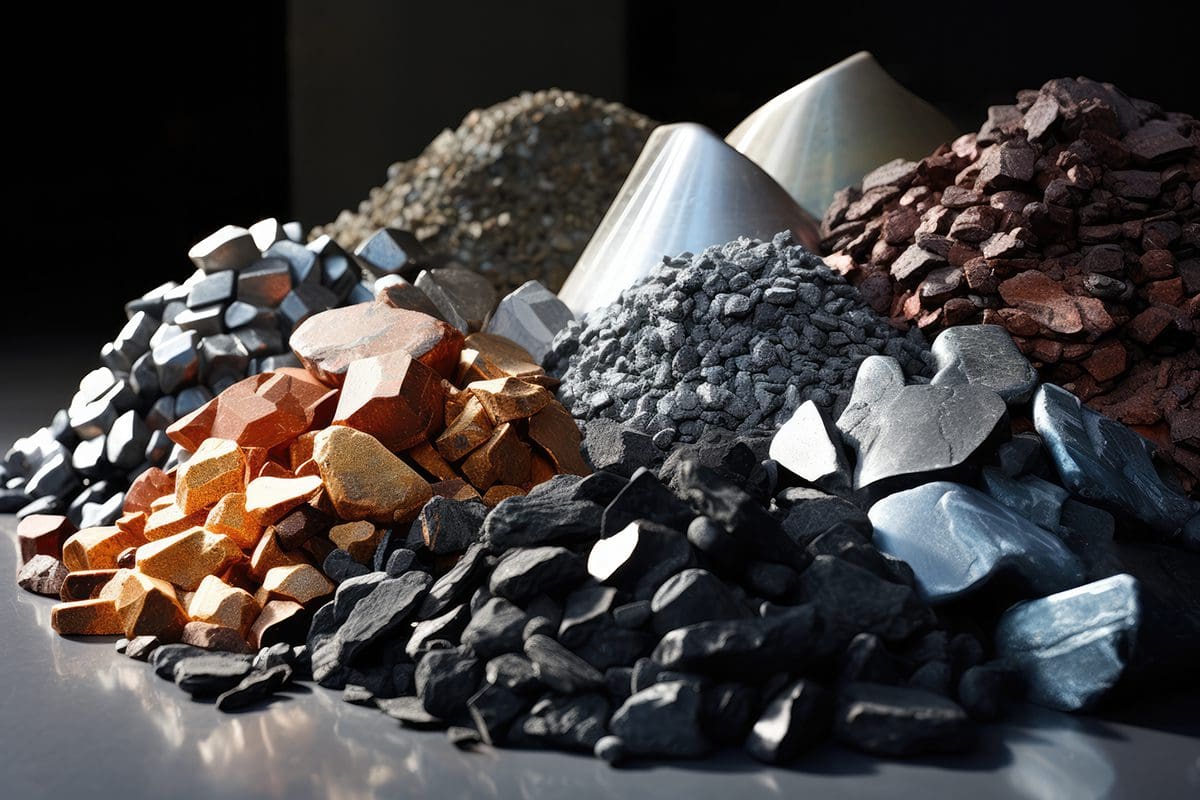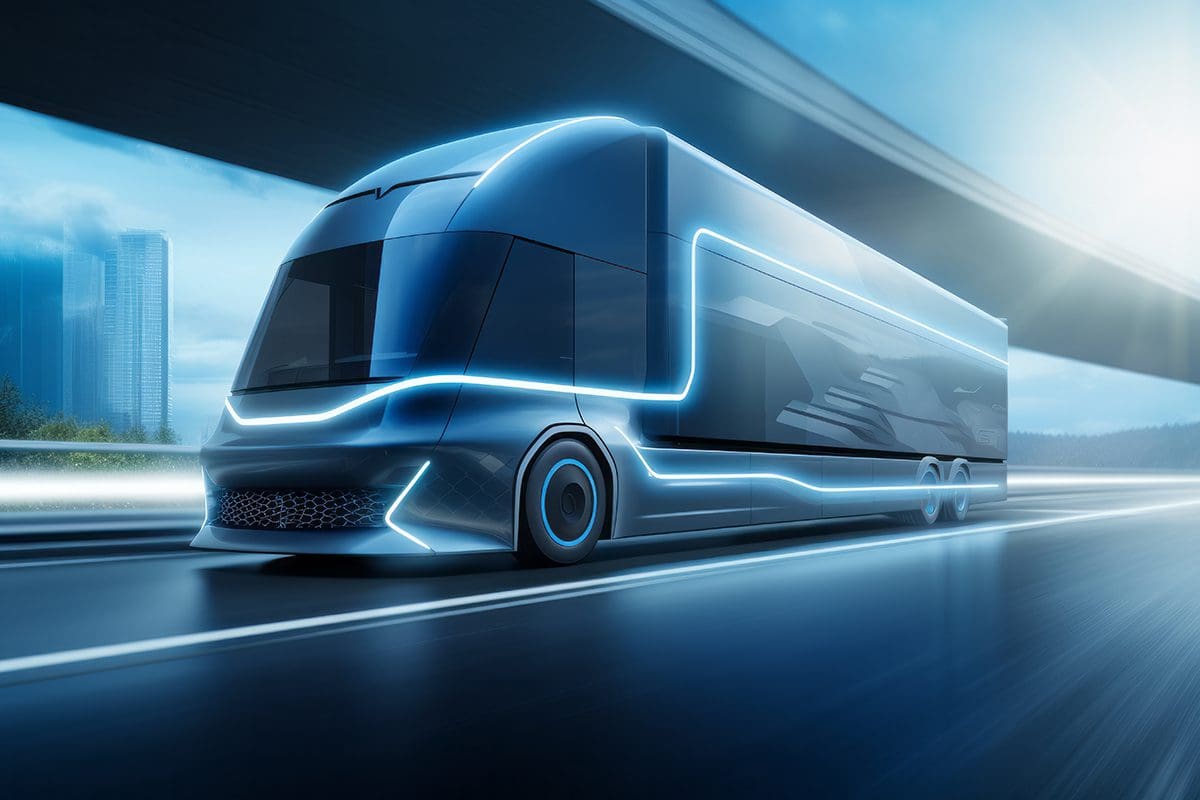
- GNA Insight
New Federal Guidance on Critical Minerals Signals Changes for EVs
January 8, 2024
Source: ACT News
Cobalt, graphite, lithium, manganese, nickel, and rare earths — familiar names that are critical to the production of electric vehicles (EVs). As the market transitions to meet the growing demand for renewable energy technologies, there is a parallel movement to produce and secure the materials needed to meet this influx. However, meeting this demand isn’t very straightforward. A typical EV requires six times the amount of minerals as an internal combustion engine vehicle. If the world were to meet net-zero goals by 2050, the mineral demand for use in EVs and battery storage would need to grow at least 30 times by 2040.
With the backdrop of an administration that has set a precedent of the “future of transportation is electric” and an ambitious target of 50% of EV sale shares in the U.S. by 2030, many question how and where these critical minerals will be sourced and processed. Of the 35 minerals classified as critical, the U.S. falls short on domestic production of 14 and is more than 50% import-reliant for 31. China currently leads the market for many critical minerals and rare earths, accounting for more than 70% of global EV battery production capacity.
Landmark initiatives like the Inflation Reduction Act, Bipartisan Infrastructure Law, CHIPS and Science Act, and Minerals Security Partnership have set the wheels in motion for helping U.S.-based EV and battery manufacturers benefit from a domestic boom and the safe import of these minerals. Under the Bipartisan Infrastructure Law, the U.S. Department of Energy (DOE) provided $6 billion to support domestic battery material processing, manufacturing, and recycling. Additionally, the Buy America requirements are another approach the U.S. government has instilled for boosting domestic production and moving away from import reliance.



